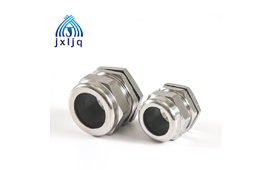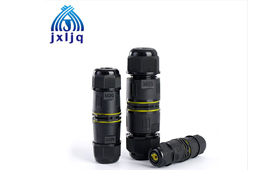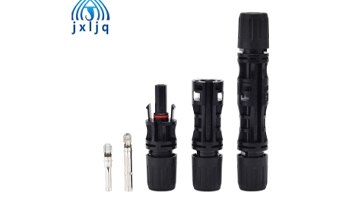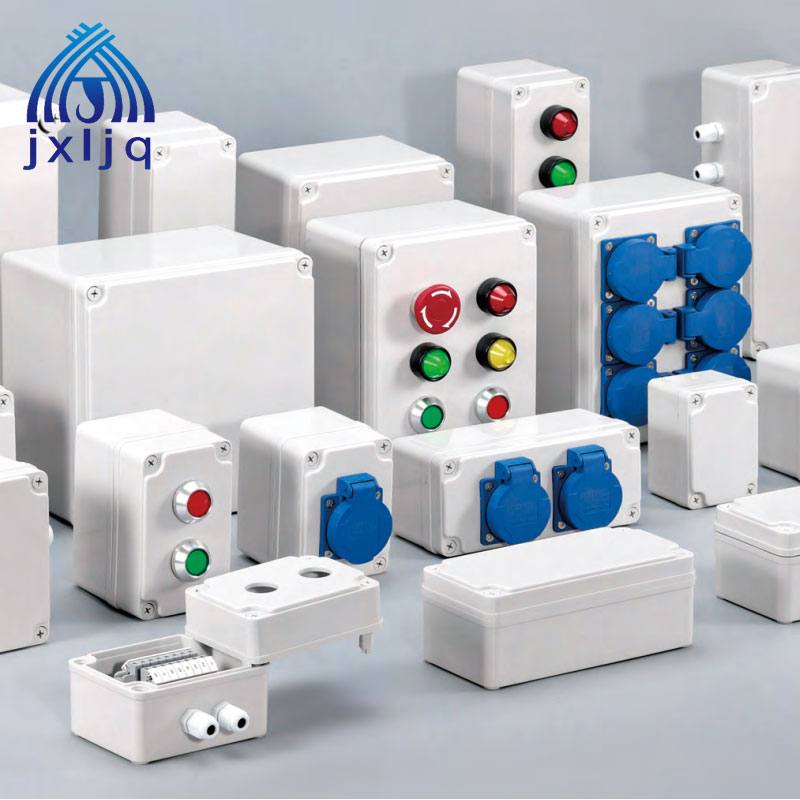How Stainless Steel Cable Glands Meet Strict Hygiene Standards in the Food and Beverage Industry
In the food and beverage industry, stainless steel cable glands play a vital role. Here's how they meet strict hygiene standards.

Q1: Why are stainless - steel cable glands preferred in the food and beverage industry?A: Stainless steel is highly resistant to corrosion from common cleaning agents and food - related substances. This corrosion - resistance ensures that the cable glands won't degrade over time when exposed to the wet and chemically - rich environments in food and beverage production. For example, acidic fruit juices or alkaline cleaning solutions won't cause the stainless - steel to rust, which could contaminate the food products.
Q2: What design features help meet hygiene standards?A: Smooth surfaces are crucial. Stainless - steel cable glands are designed with smooth exteriors, free from grooves or crevices where dirt, bacteria, or food particles can accumulate. This makes them easy to clean thoroughly. Additionally, their seamless construction further reduces the risk of contaminants getting trapped. Some glands also have rounded edges, eliminating sharp corners that could harbor debris.
Q3: How do they hold up during frequent cleaning?A: Stainless - steel cable glands can withstand high - pressure washing, steam cleaning, and chemical sanitization methods commonly used in the food and beverage industry. Their material integrity remains intact even after repeated exposure to these harsh cleaning processes. This ensures that they maintain their hygienic condition and don't contribute to any product contamination.
Q4: Are there any special certifications?A: In the food and beverage industry, stainless - steel cable glands often need to meet certifications like NSF (National Sanitation Foundation) or FDA (Food and Drug Administration) standards in the US. These certifications ensure that the materials and manufacturing processes of the cable glands comply with strict hygiene requirements. Products with these certifications are proven to be safe for use in food - handling areas.
Q5: How about installation and maintenance for hygiene?A: During installation, proper sealing is vital to prevent any ingress of moisture or contaminants. Regular maintenance, such as inspection for any signs of wear or damage, is also necessary. If a gland is damaged, it could compromise the hygienic environment. Quick replacement of worn - out parts ensures continuous compliance with hygiene standards.
In conclusion, stainless - steel cable glands meet the strict hygiene standards in the food and beverage industry through their corrosion - resistant material, hygienic design features, ability to withstand cleaning methods, relevant certifications, and proper installation and maintenance procedures.







